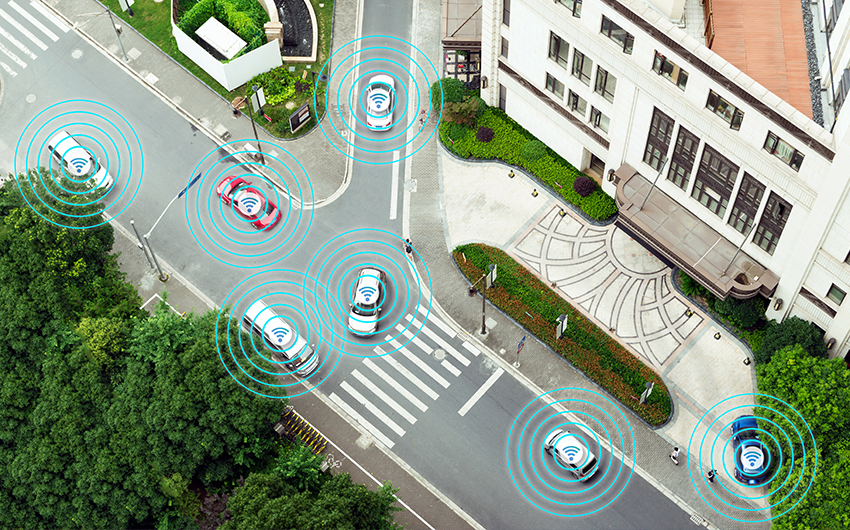The rest must be in a real pickle.
- Waymo is taking a step backwards in terms of the commercial readiness of its autonomous driving offering by reinstalling safety drivers and monitoring systems.
- If Waymo is having these basic difficulties, it implies that everyone else is in even greater difficulty and that autonomous driving may take longer than its proponents would have us believe.
- Waymo has always had safety drivers in its vehicles but up until last month, these people were in the passenger or the backseat.
- Now they have been returned to the driving seat and driver monitoring systems have been installed to monitor fatigue to enable action to be taken before an incident.
- The most recent incident involved a motorcyclist being hospitalised after a safety driver took control of a vehicle to prevent a collision with another vehicle moving into its lane.
- The motorcyclist was undertaking the Waymo vehicle at the same time and in the heat of the moment, the safety driver (and it would seem the Waymo technology) did not see the motorcyclist triggering the incident.
- This is a classic example of how AI is simply not good enough despite years of effort and millions of miles driven.
- It still appears that every explicit eventuality needs to be programmed into these vehicles which I think is a practical impossibility.
- This is what I deem to be brute force computing which anyone can accomplish with enough resources.
- To me, true AI is the ability of an algorithm to take what it has learned from experiencing similar situations and safely and correctly apply to it another.
- Waymo is still by far the best at this and if Waymo is struggling with these sorts of issues, I dread to think how everyone else is faring.
- The net result is that plans to launch commercial autonomous services during 2019 or even 2020 look to be on very thin ice.
- I deem a commercial service to be one where the fleet manager has no human in the vehicle at all.
- If there is a human from the fleet manager present, then it obviates the whole point of an autonomous service and is not a going concern in my opinion.
- This is because this service will not be as cost effective as having an ordinary car with a regular driver.
- It is when these vehicles can be safely let loose to ply their trade unsupervised that this becomes a reality with the scope to turn the transportation landscape on its head.
- I have previously estimated that the technology itself could be ready by 2021 or 2022 but given these issues, I may have been too optimistic.
- At the end of the day, I still think that the biggest holdup to autonomous driving remains the insurance industry.
- 94% of all accidents are caused by human error (see here) which means that having humans no longer behind the wheel should cause a 20 fold decline in accidents.
- Obviously, there will be other types of incidents where the machines fail for some reason but unless the machines can be shown to be much safer drivers than humans, they will never leave the lab.
- Consequently, in a world of autonomous driving, the accident and the fatality rate has to decline precipitously otherwise it will never be a reality.
- This means that there will be far fewer pay-outs needed and therefore, the insurance market will demand a huge decline in the total premiums that are paid in.
- This is why I continue to expect that the insurance industry will resist the adoption of autonomous driving for as long as it can.
- In fact, I would argue that it will have to radically shrink in an autonomous world, meaning aggressive consolidation resulting in pain and suffering all around.
- Consequently, even if takes longer for the technology to be ready, it is still likely to be the resistance of the insurance industry that is the driving force behind when this becomes a commercial reality.
- Hence, while set-backs to the technology raises concerns, there will have to be many more and much more serious setbacks before my target of 2028 for commercial reality to be under any serious threat.










Blog Comments
Tim Nash
November 30, 2018 at 4:14 pm
Autonomous driving for trucks on freeways / motorways should be solved fairly soon. If trucks draft from travelling in convoys, it will reduce fuel consumption and if ‘autonomous time’ does not count towards regulated hours for drivers (Europe etc.) there are financial incentives for working this way.
Accidents: with sensors continuously recording to hard drive, it will be easier for insurance companies to agree how blame should be apportioned. It will also be easier for Police to decide on fines, licence endorsement and prosecution. This should add to the incentives for better ‘non autonomous’ driving and start insurance companies adapting.